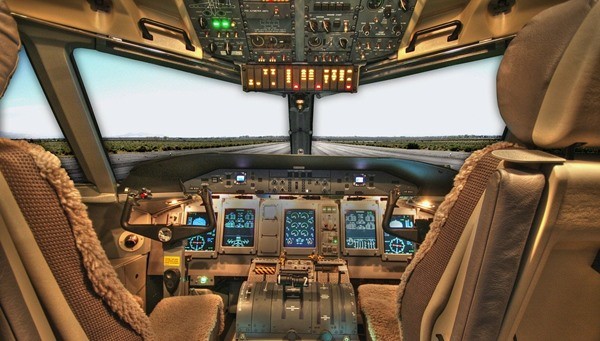Airbus and Cathay Pacific’s Project Connect: Pioneering Single-Pilot Operations for Long-Haul Flights
Summary
Airbus and Cathay Pacific are collaborating on a groundbreaking initiative, known as “Project Connect,” aimed at implementing single-pilot operations during the cruising phase of long-haul flights. The project represents a major shift in commercial aviation, aiming to reduce operational costs and optimize efficiency. However, this transition to single-pilot operation during cruise comes with significant safety, regulatory, and public perception challenges that must be addressed before widespread implementation.
Project Connect: Rethinking Crew Requirements
The Current Multi-Pilot Model
For long-haul flights, commercial aviation typically requires at least two active pilots in the cockpit, with an additional relief pilot for flights exceeding a certain duration. This multi-pilot structure ensures continuous monitoring of flight systems and provides an immediate backup in emergencies.
Single-Pilot Cruising Concept
Under Project Connect, Airbus aims to shift part of the A350’s long-haul operation to single-pilot mode during cruise, with the second pilot taking rest in the cabin to comply with duty time regulations. The project’s technology enables one pilot to oversee the aircraft during steady-state cruising, with both pilots present only during critical phases such as takeoff and landing. This approach reduces the need for additional relief pilots, thereby lowering operational costs and optimizing scheduling AVweb, AeroTime.
Technological Advancements Supporting Single-Pilot Operations
Enhanced Cockpit Automation
Airbus has integrated advanced automation systems to compensate for reduced pilot numbers. These include:
- Pilot Vital Monitoring: Sensors monitor the pilot’s alertness and vital signs, flagging potential health issues that could lead to incapacitation.
- Automated Emergency Descent: In scenarios where a pilot may become incapacitated, an automated emergency descent function is activated, ensuring the aircraft can descend safely without direct pilot interventionAVweb.
Safety Concerns and Regulatory Scrutiny
EASA’s Role in Certification
The European Union Aviation Safety Agency (EASA) is currently assessing Project Connect’s single-pilot configuration for regulatory approval. Given the high standards required for commercial aviation safety, EASA’s evaluation includes rigorous testing protocols to ensure that single-pilot operation will not compromise safety. If successful, Airbus expects certification by 2025 for commercial use in the A350 model AeroTime.
Emergency Management and Redundancy
While Airbus has developed multiple fail-safes to support single-pilot operations, concerns remain around emergency response scenarios where a single pilot might struggle to manage multiple simultaneous issues. Public acceptance also hinges on these safety considerations, as single-pilot cruising will represent a significant change from the long-established two-pilot norm in commercial aviation AeroTime.
Economic and Operational Impact
Cost Efficiency and Crew Optimization
One of the primary benefits of Project Connect lies in its cost-reduction potential. By lowering the number of required crew for each flight, airlines can save significantly on labor expenses, reducing ticket prices or increasing revenue potential. Additionally, this model allows for more efficient crew scheduling, minimizing pilot layovers and turnaround times, which could also reduce delays.
Pilot Demand and Job Security
The aviation industry is cautious about implementing a technology that could impact pilot job security, especially given the pandemic-related workforce reductions across global airlines. Pilot unions have raised concerns, highlighting the potential for job cuts and increased workloads for remaining crew members AVweb.
Outlook and Industry Reception
Future of Single-Pilot Operations
Project Connect represents a significant innovation in aviation and may set a precedent for other aircraft models and airlines worldwide. However, successful adoption will depend on multiple factors: securing regulatory approval, proving operational safety, and gaining public trust. Airlines like Cathay Pacific have expressed interest but have yet to commit to becoming the launch customer, citing the importance of safety and cost-benefit analyses in light of the COVID-19 pandemic’s lasting impact AVweb,AeroTime.
References and Further Reading
- “Airbus, Cathay Pacific Developing Single-Pilot Long-Haul System,” AVweb – An in-depth overview of the single-pilot system being developed under Project Connect. AVweb
- “Cathay in Works to Develop Single-Pilot System for Long-Haul,” AeroTime – Analysis of the collaboration between Airbus and Cathay Pacific and the potential implications for crew operations. AeroTime
- “Airbus Begins Work on Autonomous Taxi, Take-Off and Landing,” Reuters – Background on Airbus’s earlier automated technologies, supporting the transition to single-pilot operations. Reuters

For more articles.


